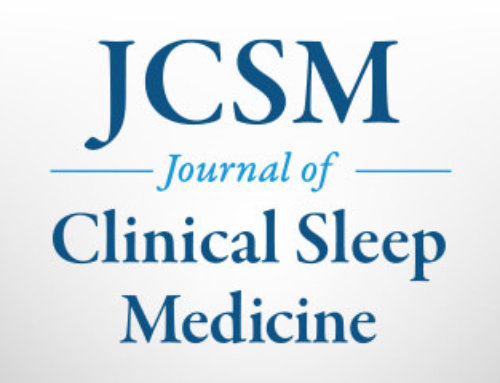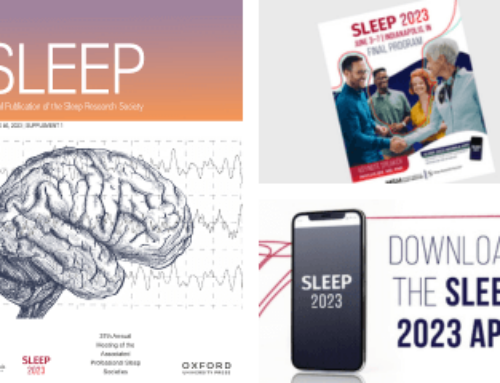The AASM offers an extensive line of professional sleep related products designed to help promote education on various topics. Products of interest to sleep professionals wanting to learn more on the topic of childhood sleep disorders and development are listed below.
Pediatric Sleep Package: Infants, Children, & Adolescents
This slide set includes three stand-alone presentations that, taken together, provide a comprehensive guide to normal and abnormal sleep across the first 18 years of life.
- Infant Sleep provides an introduction to evaluation and scoring of sleep in infants.
- Child Sleep focuses on the pre-teen years.
- Adolescent Sleep addresses the variety of issues that contribute to sleep deprivation in teenagers.
Pediatrics and Sleep: Making Sleep Studies Child Friendly – DVD
This 25-minute DVD defines strategies sleep medicine clinicians and technologists can incorporate into daily practice to best serve pediatric patients. Areas addressed include several core philosophies such as the sleep study from the child’s point of view; different approaches to use during preparation to encourage the child’s cooperation and ease anxiety; age-and developmentally-appropriate explanations to use when explaining the sleep study and its purpose; creative approaches to build the child’s sense of empowerment; suggestions on changes to your center that will help increase the comfort level of your pediatric patients; and tips for involving parents as allies in the preparation and follow-up stages.
Essentials of Sleep Technology: Pediatrics
This slide set reviews the issues associated with performing sleep studies in children, relevant practice parameters and sleep disorders. It provides a comprehensive introduction to pediatric polysomnography for technologists with little or no experience, and reviews scoring methodology and practice parameters for the seasoned technologist. The slides take the technologist through an encounter with a pediatric patient, including information to be given at the time of scheduling, preparation of the room, approach to the patient and parents, and methods for electrode application.



